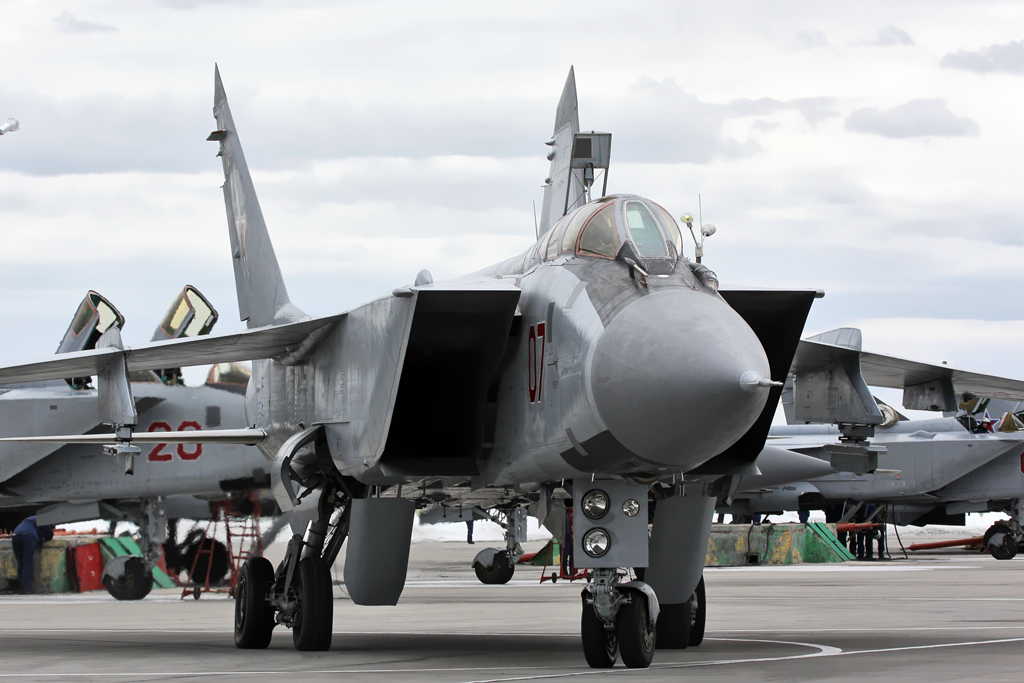
Russia, the United States, and China are developing conceptual designs for a next-generation, or sixth-generation, fighter jet. The United States appears to be at the front of this race. China initially prefers not to share information until an air show occurs and another mockup is revealed. Russia always begins with high hopes and plans, always takes the lead, and almost always fails.
The Izdelie-41 has long been marketed as Russia’s sixth-generation fighter. It is expected to be known as the MiG-41 after being developed by the Mikoyan company. It is now more commonly referred to as the Mikoyan PAK DP. In other words, a potential air complex for long-range interception.
According to sources, the MiG-41’s first test flight could take place in 2025. That seems more unlikely today than the war in Ukraine ending right now. Since the beginning of the war, Russia has been panting. Redirects all defence funds to the repair, refurbishment, and manufacture of heavy artillery. Simultaneously, the February 24 invasion of Ukraine enraged the world’s leading economic and technological powers.
Economic sanctions imposed on Russia have prevented Moscow from gaining access to advanced technologies, particularly semiconductors and microchips. Russian industry, particularly in microchips, is not as advanced as Russian President Vladimir Putin would like.
There are, however, some intriguing details about Izdelie-41. One of the most intriguing features touted by Moscow is that the future fighter jet will be capable of travelling at speeds ranging from Mach 4 to Mach 5. That sounds great, even thrilling, but there’s a problem with that speed.
First, it is unknown whether a pilot will be able to withstand the load, which includes both positive and negative G. The second factor is air friction. When moving at such a high speed, the object generates a tremendous amount of heat due to air friction. Simply put, the stealth fighter will not have stealth cover. In other words, the stealth cover will burn off in the air. One is that it can impair aircraft performance, and another is that canopy design would be difficult in that environment without a stealth cover.
Russian engineers have been tasked with developing a stealth coating for components capable of withstanding the heat generated at Mach 4 or Mach 5. This could happen; no one knows what tomorrow will bring. However, achieving such a flight speed necessitates a significant amount of thrust in the plane itself. We frequently see high temperatures during machine operation leading to overheating and frequent repairs. This, in turn, raises the cost of aircraft maintenance.
The question remains as to how the Izdelie-41 will achieve this speed. What engines will the Russian defence industry have to develop in order to maintain its hypersonic presence in similar parameters in the air? Perhaps Russian engineers, at this stage and with the technology available today, would use a linear jet or turbojet engine. Some of these engines are still used to power the Russian Federation’s hypersonic missiles.
Logically, the Izdelie-41 is marketed as a hypersonic missile interceptor. This is the closest thing to what has been described here. Because if the designers create a working prototype with a quality engine capable of reaching Mach 5 speeds and ensuring the cooling of the aircraft’s systems, the launch of the hypersonic Dagger missile becomes much more likely. As a result, the chances of this aircraft intercepting a hypersonic missile are relatively high.
But all of this raises a slew of questions for Russian engineers, and they don’t even have answers that can be counted on one hand. The current situation suggests that this project should be put on hold. In other words, we might see this super interceptor someday, but the chances of it ever being produced are dwindling by the day. Because, as of today, Russia must first develop the components that it purchased from the West a year ago. And, yes, even if the war with Ukraine ends, no progress on Izdelie-41 will be made in the coming years.




